13+ Fitness Logo Examples to Download
From the bowl of cereal you had this morning to the bottle of shampoo you used in the shower, every single product you use on the daily holds a distinctive logo design of a given company. But what are logos, anyway?
Books, journals, and other online sources can tell you all you need to know about a logo but to sum it up for you in the simplest words, it’s a visual representation used to symbolize a brand as a whole. Look at it this way, companies like Nike and Adidas create the same type of goods and serve the same exact market. Without a logo, not everyone can distinguish one from the other unless the brand’s name is on display. But once a logo is in place, you can easily differentiate the two.
Whether you’re running a fitness company or planning to open one anytime soon, we have gathered an incredible series of fitness logo designs to inspire you. And because we all know how challenging logo designing can be, read on to find out how you could create an effective logo design in a swift.
Gym & Fitness Logo
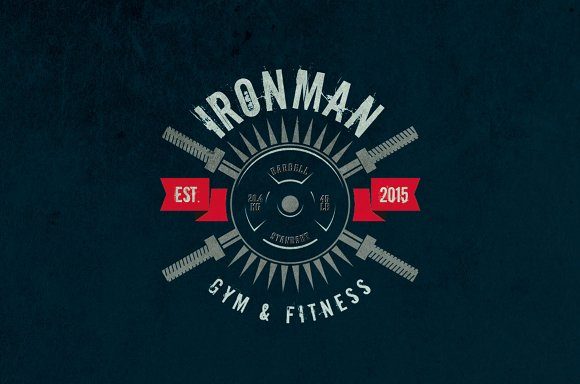
Fitness Training Logo
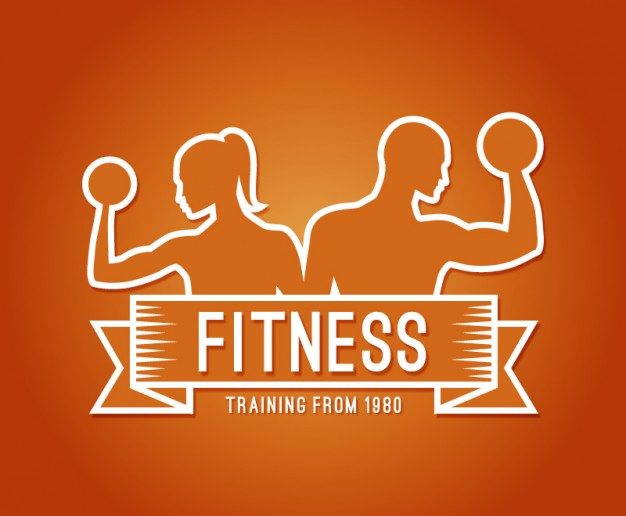
Fitness Logo
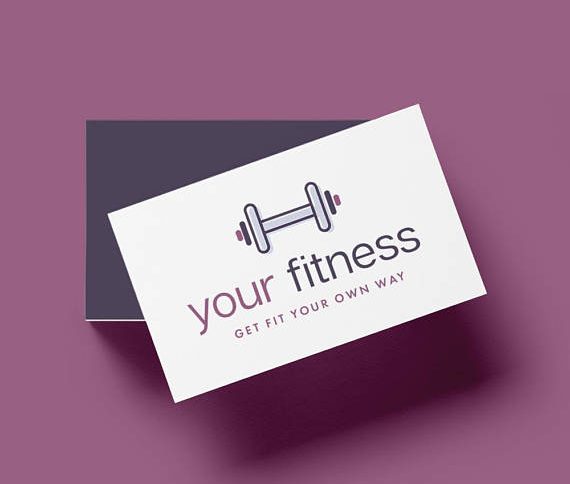
Retro Training Logo
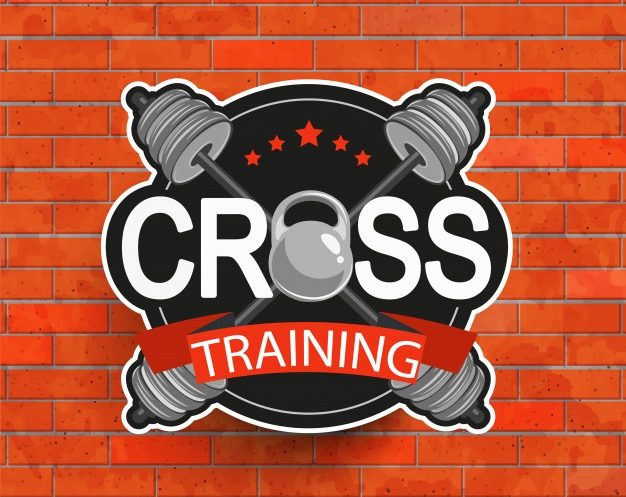
Crossfit Gym Logo
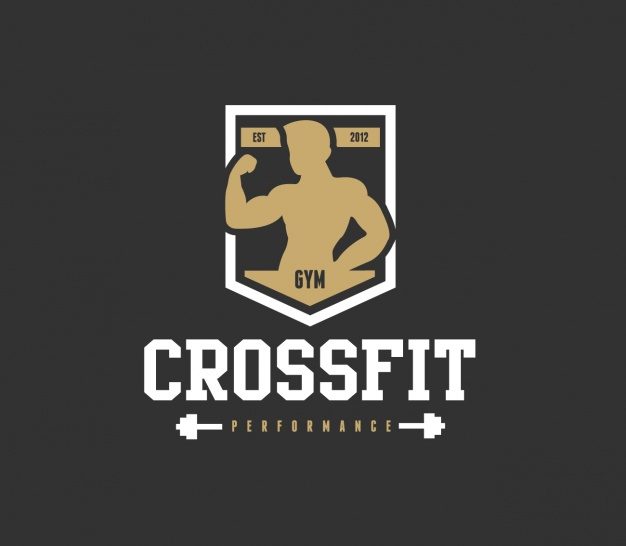
Types of Logo Designs
Have you ever wondered why some logos have images or icons, while others only consist of text? Every business holds a distinctive kind of logo, and there’s good reason why these logos vary in form.
1. Visual Logos
Apple, Pepsi, Twitter, Instagram—it’s hard not to picture out their respective company logos just by the mere mention of their names. And now that you think about it, what do these business logos have in common? Simple. Each logo comes with a visual image that represents a brand.
A visual logo is a type of logo design that consists of an icon or symbol created to reflect a given business through visual imagery. Logo designs that belong to this category include pictorial marks and combination marks, where the former is comprised of a unique visual symbol and the latter comes with the brand name and symbol. The use of visual logos makes it easier for a company to communicate with its audience, as symbols are much easier to interpret compared to text.
2. Text Logos
From the name itself, you probably know what this type of logo design is. Although the use of text alone can be quite tricky, a number of popular brands have defied the odds by using text as their logo design for decades. Think Coca-Cola, for instance. The famous carbonated drink has become a household name, appearing in various TV commercials, print ads, and even music videos. And you have to admit, it’s almost impossible to miss.
Text logos are perfect for companies with catchy and quirky names, as it can be a lot easier to remember. Companies with longer names than usual may even use their initials for their logo design, making it more convenient for prospective customers to recognize. But because the focus of your design is on the type you choose or create, simplicity and uniqueness will go a long way for your business logo.
Green Fitness Logo
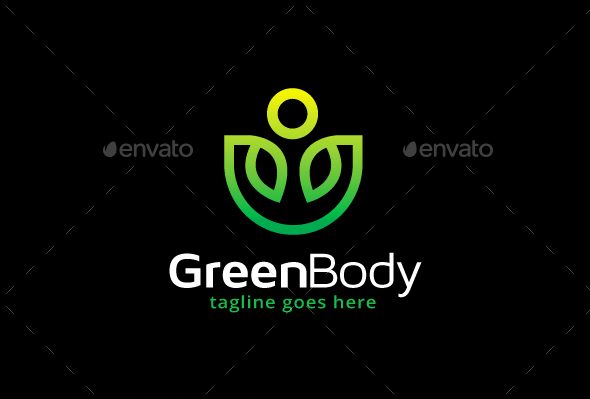
Arrow Fitness Logo
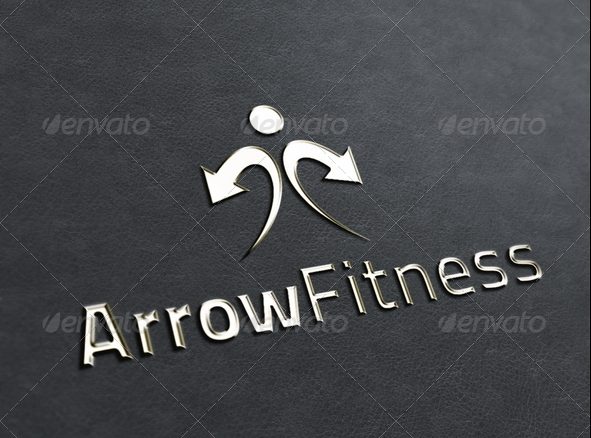
Single Letter Gym Logo

Gym Club Logo
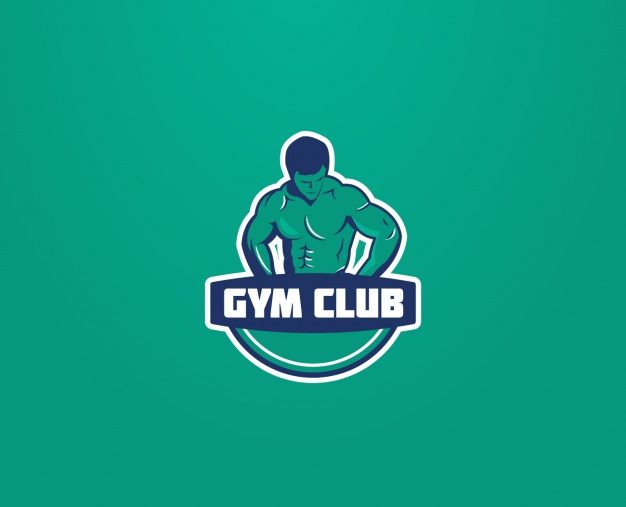
Yoga Fitness Loga

The Power of an Effective Logo Design
Logos are more than just a decorative image made to attract customers, as an effective logo design can do more than you think. To help you further understand the concept of logo design, here’s how making an effective logo design can benefit your business:
1. Gain Recognition
More often than not, your logo design can impact a customer’s perception towards your brand. This helps them determine whether or not your brand is credible enough to trust, or whether you’re capable of delivering quality goods and services to your potential customers. If the “look and feel” of your logo design appeals to your target market, then consumers wouldn’t think twice about giving your brand a shot. In the end, your logo can help you market your brand and garner good sales for your business to prosper.
2. Develop Consistency
You might not have noticed how often your logo is being used on a daily basis. Apart from the products you offer and the marketing materials you produce, such as marketing flyers and advertising brochures, the business documents you prepare likely bear your business logo as well. In doing so, you’re providing consistent exposure to your brand, allowing your audience to associate your logo, company name, and brand with one another at all times. This way, you can efficiently and effectively promote your brand to clients and investors in the simplest manner.
3. Point of Connection
Each logo design has a unique story to tell, some are made obvious for viewers to comprehend, while others need a little time and effort to decipher. But there’s a reason why logo designs are made meaningful, and that has something to do with developing a good customer-brand relationship.
Connecting with your audience through a logo design will allow them to understand the principles of your company. This includes the values you possess, the vision you have, and your plans for the future. This will allow your prospective audience to feel as if they are a part of a particular journey of innovation and service, which, in turn, creates a positive customer experience.
4. Foundation for Visual Identity
No matter what industry you are in, the competition can be tight. You see businesses rise and fall with the constant change in the market, making it difficult for startups to break through. Knowing this, standing out is a must. An effective logo design serves as a reminder for your audience of the products or services you provide, so not to confuse you with another brand. Your logo serves as a foundation for building a proper brand identity, helping you establish yourself in the market.
Think of it this way, a logo is seen as the “face” of your business. It represents your company as a whole, allowing you to differentiate yourself from your competitors. And since a graphic image is a lot easier to remember than your full name, customers can immediately identify you from a shelf of goods.
Max Fitness Logo
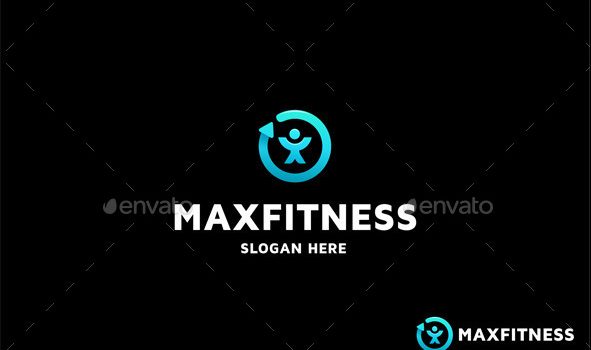
Personal Trainer Logo
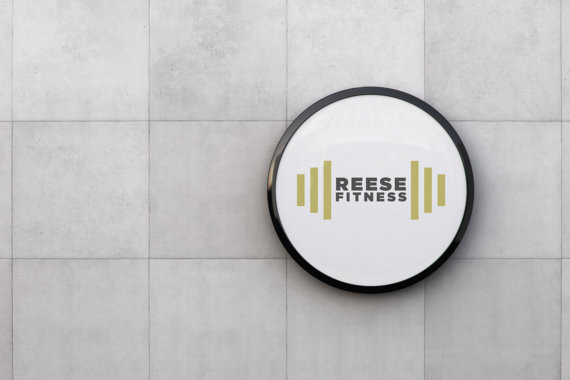
Healthy Body Logo
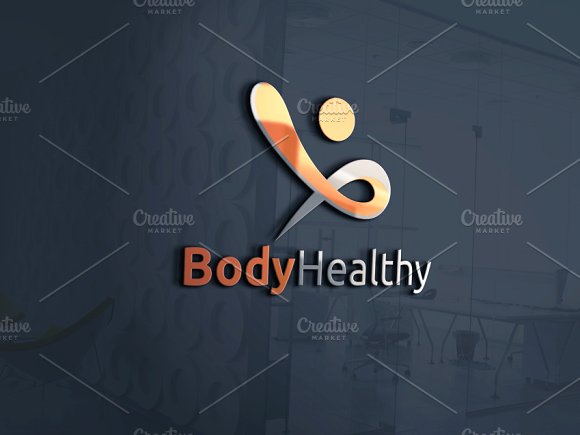
Gym Vibe Logo
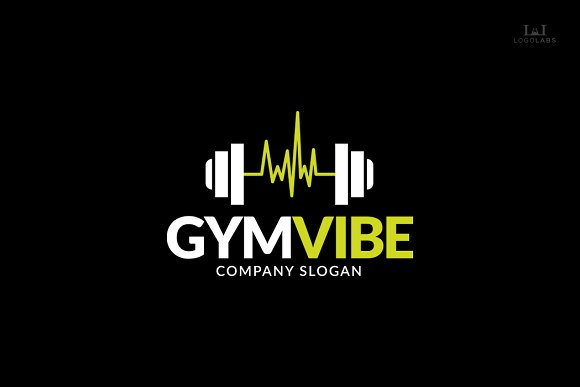
Fitness Club Logo
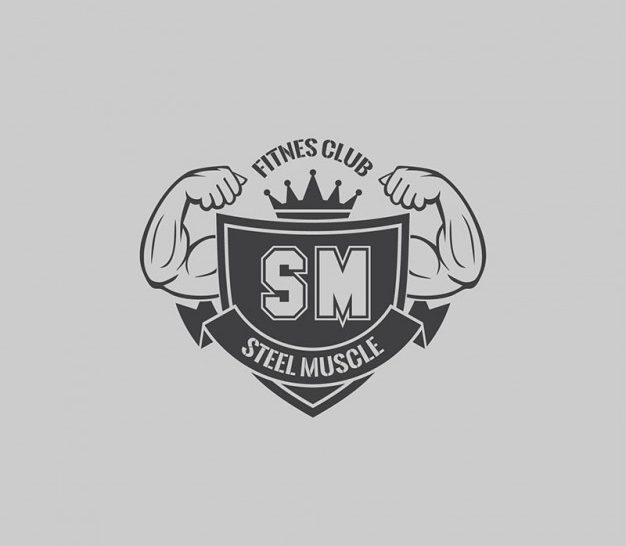
5 Easy Steps in Designing a Logo
Creating a logo design directly from scratch, without even following the right steps to do so, is a recipe for disaster. You see, designing a good logo is more than just picking out a stock photo and inserting some trendy font to pair with. It’s actually a grueling process of analyzing, conceptualizing, and editing to make sure the final product successfully delivers its purpose.
- Step #1: Gather information. If you haven’t noticed by now, no two logos are exactly the same. And each logo design bears different features based from preferences set by logo designers and their clients. As a designer, you need to gain input on what direction your client needs the logo to go, as well as what it’s meant to represent. In doing so, you have to learn about the basic essence of the company and the market it desires to serve.
- Step #2: Brainstorm. Now that you have a vision of what you’re meant to achieve, it’s now time to conceptualize on your logo design. Considering how the flow of information you have just gathered can be overwhelming, building clarity is a must. This will allow you convey a clear message for your audience to grasp.
- Step #3: Sketch out ideas. This is a crucial step in every design process, as what you visualize in your head can be a lot different from the actual outcome. When it comes to sketching, it would be best to start off with the basic pen and paper to do the job accordingly. Not only will this save time and energy, but this also enables you to focus on every single aspect of the design.
- Step #4: Choose the right colors, fonts, and shapes. Every element of your logo design plays a key role in the overall impact it leaves you audience. For instance, never underestimate the power of color. The colors you choose creates a mood that your logo carries, along with a particular meaning. You can’t go wrong with a simple yet stunning typeface, either. You have to make sure your logo design perfectly adapts to any possible medium being used.
- Step #5: Put it together. The final step will always be the most critical. You must pay close attention to even the smallest details to ensure you haven’t overlooked anything that could ruin your logo design. Spend time on experimenting with various elements of your design. Time might be gold, but that doesn’t mean a rushed product would be worth it. If you’ve followed all the steps on this list in proper sequence, then only minor revisions would be necessary.
Designing a logo is not as easy as it seems. Most designers spend countless hours crafting a logo, only to have a client deny it later on. Remember, you may not please everyone with your design, but you can impress a good amount of people with it. It needs to provide a sense of safety and stability for your audience to learn how to trust your brand. Although a logo is only a part of what you have to worry about for your business, it’s still an important ingredient for successful branding.

